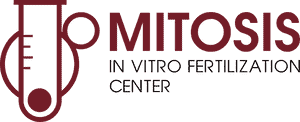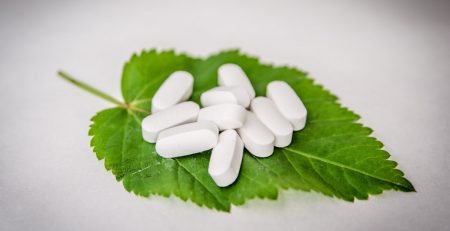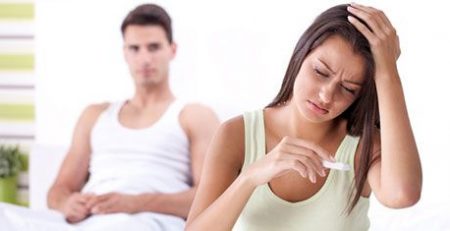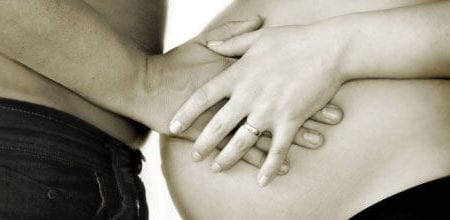Ovulation stimulation for in vitro fertilization and the long-term risk of breast cancer [Study]
This is a multi-center study that included 12 In Vitro Fertilization Centers in the Netherlands.
For quite some time, many studies suggested that exogenous and endogenous estrogen and progesterone administration increases the risk for breast cancer, and therefore ovulation stimulation in the context of in vitro fertilization could increase the chances for the development of the condition.
However, no study to date has successfully documented this suggestion due to the lack of recorded data and, in other words, due to the lack of information from the long-term follow-up on this particular segment of the female population.
This historical cohort study called OMEGA included 19,158 women who had undergone ovulation stimulation for IVF treatment from 1983 to 1995 (IVF group), and 5,950 women who were on fertility treatment (non-IVF group) from 1980 to 1995. The results were then compared against data from the general female population. The study was concluded in December 2013 and the results obtained through co-operation with the Netherlands Cancer Registry (1989-2013) covered 96% of the study’s female population. The mean age of participating women at the baseline was 32.8 years and the mean number of IVF cycles was 3.6. The median age at the end of the follow-up was 53.8 years for the IVF group and 55.3 years for the non-IVF group.
After more than 20 years of follow-up on these women, scientists announced that both the IVF group and the non-IVF group (women on fertility treatment) did not demonstrate any increase in breast cancer incidences compared to the general population. It should be pointed out that in women who underwent 7 or more IVF cycles there was a statistically significant lower risk of breast cancer incidence compared to women who underwent 1-2 IVF cycles. Also, the breast cancer risk was lower in women with poor response to IVF cycles.
This study confirms that ovulation simulation is not associated with potential health risks and is reassuring to millions of women who are considering fertility treatment and ovarian stimulation for IVF.
Van den Belt-Dusebout AW1, Spaan M1, Lambalk CB2, Kortman M3, Laven JS4, van Santbrink EJ5, van der Westerlaken LA6, Cohlen BJ7, Braat DD8, Smeenk JM9, Land JA10, Goddijn M11, van Golde RJ12, van Rumste MM13, Schats R2, Józwiak K1, Hauptmann M1, Rookus MA1, Burger CW4, van Leeuwen FE1. JAMA. 2016 Jul 19;316(3):300-12. doi: 10.1001/jama.2016.9389.
- Department of Epidemiology and Biostatistics, the Netherlands Cancer Institute, Amsterdam, the Netherlands.
- Department of Obstetrics and Gynecology, VU University Medical Center, Amsterdam, the Netherlands.
- Department of Reproductive Medicine and Gynecology, University Medical Center Utrecht, Utrecht, the Netherlands.
- Department of Obstetrics and Gynecology, Erasmus Medical Center, Rotterdam, the Netherlands.
- Department of Reproductive Medicine, Reinier de Graaf Hospital, Voorburg, the Netherlands.
- Department of Obstetrics, Gynecology, and Reproductive Medicine, Leiden University Medical Center, Leiden, the Netherlands.
- Department of Obstetrics and Gynecology, Isala Clinics, Zwolle, the Netherlands.
- Department of Obstetrics and Gynecology, Radboud University Nijmegen Medical Center, Nijmegen, the Netherlands.
- Department of Obstetrics and Gynecology, St Elisabeth Hospital, Tilburg, the Netherlands.
- Department of Obstetrics and Gynecology, University Medical Center Groningen, University Groningen, Groningen, the Netherlands.
- Center for Reproductive Medicine, Department of Obstetrics and Gynecology, Academic Medical Center, Amsterdam, the Netherlands.
- Department of Obstetrics and Gynecology, Maastricht University Medical Center, Maastricht, the Netherlands.
- Department of Obstetrics and Gynecology, Catharina Hospital, Eindhoven, the Netherlands.







